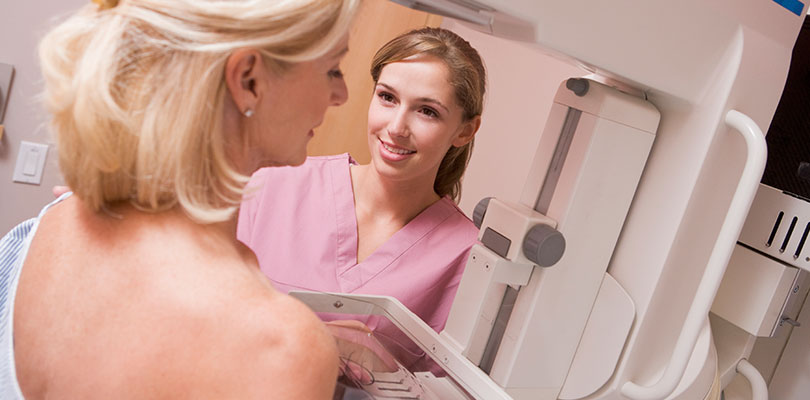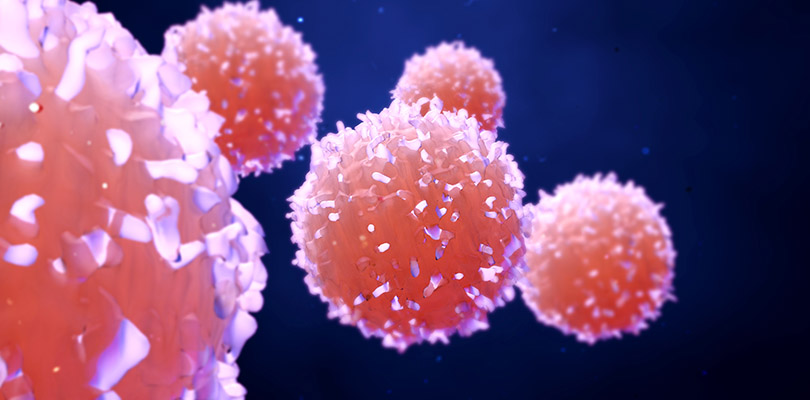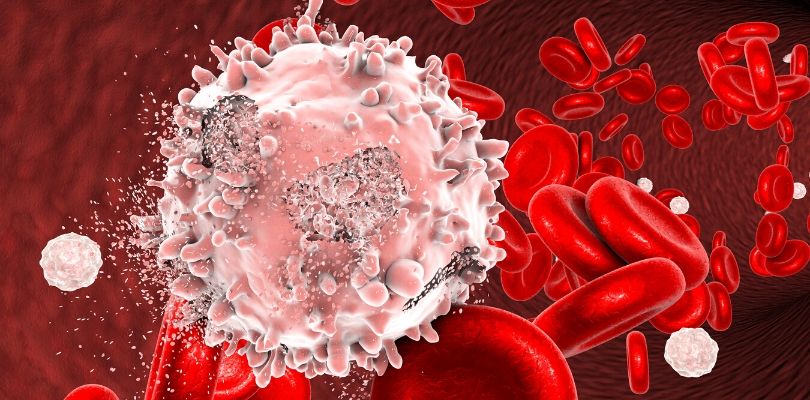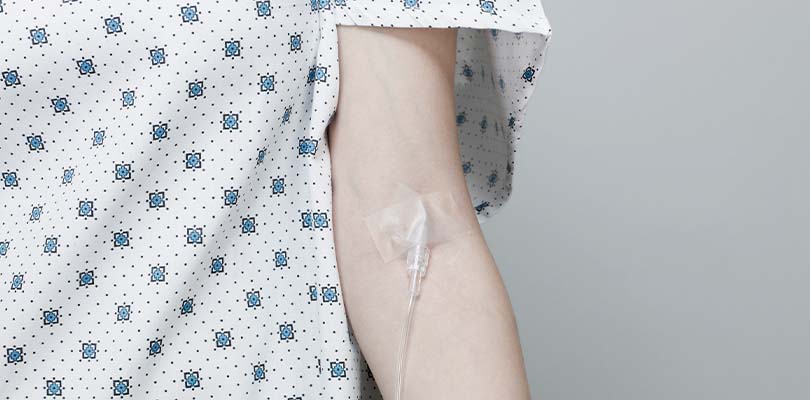Photo Credit: monkeybusinessimages / iStockPhoto.com
Early Detection Could Save Your Life
Early stage breast cancer doesn’t present visible signs or symptoms, so routine screenings like self-breast exams and mammograms are essential. Let’s take a look at screening procedures and the signs and symptoms of breast cancer that may arise if a tumor is not identified in its early stages.
Speaking as both a health care professional and as a woman who had breast cancer, I say get screened regularly — it can save your life.
Know Your Breasts
Examine your breasts every month for the presence of lumps and changes in the breast tissue. If you have teen daughters, teach them how to check their breasts and impress upon them the importance of routine self-breast exams.
This is a particularly important practice for young women to implement as they may not be getting mammograms or other screening tests yet. While not common, breast cancer can develop in very young women and men.
Knowing what your breasts feel like normally is the first step to noting an anomaly. Many young women have dense breasts; normal breast tissue may be lumpy or smooth.
Breast exams are best conducted right after the menstrual period, when the tissues are soft. Taking a hot shower prior to conducting the exam facilitates the process. The entire breast and surrounding tissues must be examined. Conduct the self-exam while standing or lying on your back.
Examine the area under your arms and in your upper chest. With practice, you will identify the lymph nodes present there.
If you notice a change in them, such as hardness or tenderness, notify your health care provider. Lymph node changes may arise for many reasons, so do not be alarmed if you notice a change.
You need to have your breasts examined by a health care professional as often as recommended based upon your age and health history.
A lump in the breast is the most common symptom of breast cancer, however, there is more the breast cancer. Learn about breast cancer symptoms and signs.
Changes That May Indicate Breast Cancer
Cancerous tumors are usually hard, irregularly shaped, stationary in the tissue, and are often painless. Drainage from your nipples may be a sign of breast cancer.
If your nipples or a breast changes in appearance, it can be a sign of breast cancer. If you notice a change or lump in your breast, contact your health care provider immediately so further evaluation may be provided.
A serious type of inflammatory breast cancer is characterized by changes in the skin of a breast — it resembles the texture of an orange peel. This type of breast cancer often results in a very painful breast.
The breast may be swollen, red and hot. Fortunately this kind of cancer is rare. Red, hot, tender, swollen, painful breasts are more likely due to mastitis, an infection of the breast, or trauma.
Why You Need to Have Mammograms Regularly
Mammograms can identify changes in breast tissue years before a tumor is palpable. Early identification of cancer leads to better outcomes. Simply put, you may end up living; whereas if a cancer isn’t identified until its later stages you could end up dead.
Another reason for getting routine mammograms is if a cancer is found in its early stages, treatment is much simpler. You will need less surgery, and may not need chemotherapy or radiation.
Breast cancer is highly treatable when identified in its early stages. Treatment effectiveness and survival rates markedly decrease when treatment is delayed. The five-year survival rate for the earliest stage of breast cancer identified by mammography is 99 percent; while the five-year survival rate of stage four breast cancer, the most advanced stage, is less than 15 percent.
What Happens If a Lump Is Found?
Breast lumps are evaluated to determine whether they are the normal characteristic of the breast, cysts or solid tumors. Not all solid masses are cancerous. A diagnostic mammogram or ultrasound, which can differentiate solid masses from cysts, may be utilized.
Various types of biopsies are used to evaluate lumps. What kind is used depends upon the size, characteristics and location of the tumor.
Fine needle aspiration is a quick procedure: a needle is injected into a mass and a tiny bit of tissue is withdrawn and evaluated.
Stereotactic biopsies are more complex, and for many women, very painful. A fine wire is guided through the breast to the site of the lesion. The procedure is done under fluoroscopy. Like the fine needle aspiration procedure, a small amount of tissue is removed for examination.
An open excision is a surgical procedure. The surgeon removes part or all of the mass for evaluation.
Don’t Wait for Symptoms to Appear
Breast cancer, if identified early, is a highly treatable disease. Don’t wait for symptoms to appear!
Get regular mammograms and conduct self-breast exam every month. If you have already been diagnosed with breast cancer, follow your oncologist’s recommendation for examinations and testing.
Don’t forget to continue getting mammograms if you still have a breast. Continue to conduct breast self-exams. If something doesn’t feel right or if you develop symptoms of breast cancer, get help immediately.







